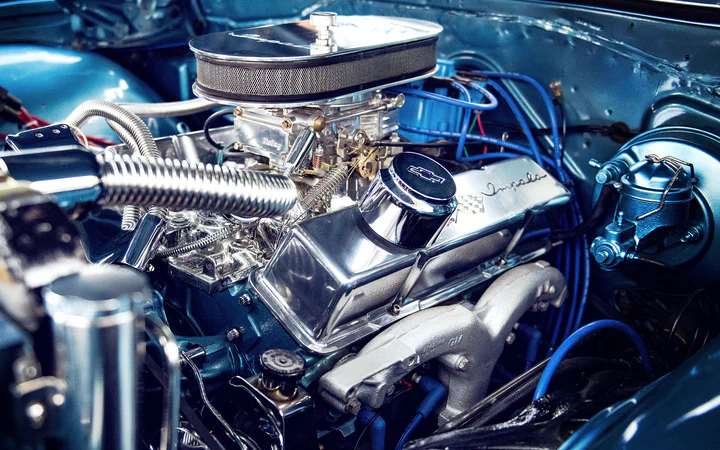
Finding good design help goes further than evaluating their portfolio. The portfolio can be a litmus test for the type of quality a designer might be able to produce, unfortunately, the portfolio is a tragically inadequate tool to measure the real qualities of a good designer. If you find yourself in need of good design help, here are 5 things you should look for in your next hire.
Optimism
Hopefulness and confidence about the future or the successful outcome of something.
I firmly believe one of the primary responsibilities of a designer is the act of creating the future. If that’s true, then I think it’s safe to say we want optimistic people doing that sort of work.
An optimistic designer also sees opportunities where others don’t. They are constantly looking for solutions to make the future a brighter place.
Creativity
Creativity is the generation of new ideas. Either new ways of looking at existing problems, or the discovery of new opportunities.
It should go without saying that a good designer is a creative one. Unfortunately, many design positions are little more than production jobs (Knowing the end ahead of time is a production job not a creative job. via @kevinbudelmann), which requires little or no creativity. Finding a creative designer requires you to understand how they come to a solution given the inspiration and constraints at hand. *Pro Tip: Trend watchers and copycats are not creative. They may produce beautiful work, but that’s not the same as being creative.*
Empathy
The ability to understand and share the feelings of another.
Tom Kelly, general manager of IDEO, reminds us that design starts with empathy. Understanding and sharing the feelings of others is no small task, and is quite counter culture in competitive markets. Being able to park your own feelings at the door requires a fair dose of humility and emotional maturity. Being able to understand and share the feelings of someone else is nearly magical. If you want a good designer, find one who practices empathy in their daily life.
Synergistic
The interaction or cooperation of two or more organizations, substances, or other agents to produce a combined effect greater than the sum of their separate effects.
Stephen Covey unpacks the power of synergy in his timeless book The 7 Habits of Highly Effective People: Powerful Lessons in Personal Change. A good designer values differences in opinion and motivations and is able to drive towards a win-win solution.
Valuing differences is the essence of synergy.
Stephen Covey
Meekness
Demonstrating power without undue harshness.
from the Greek word praus
Meekness probably doesn’t make it to many lists of desired attributes, but I think it’s one of the most telling attributes of a good designer. The designer’s work shapes the product in a way that directly interacts with the customer, and that carries a lot of power. A meek designer knows his or her strength, is mindful of how and when to use it, and is always in control of it. Meekness also introduces the idea of humility, which is also a vital attribute of a designer. Combine controlled strength and power with humility, and you have the makings of a brighter future.
This isn’t an exhaustive list of attributes that make a great designer, but I think these are a solid place to start.
Photo by Anne Nygård on Unsplash




